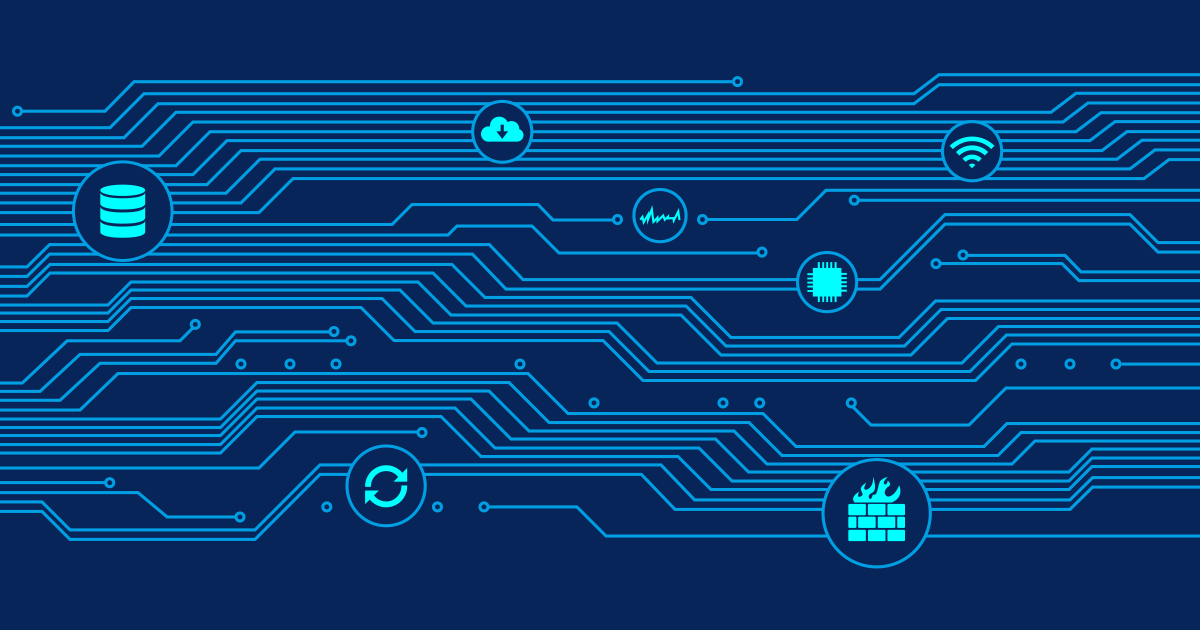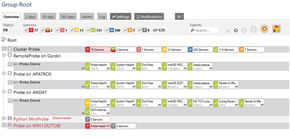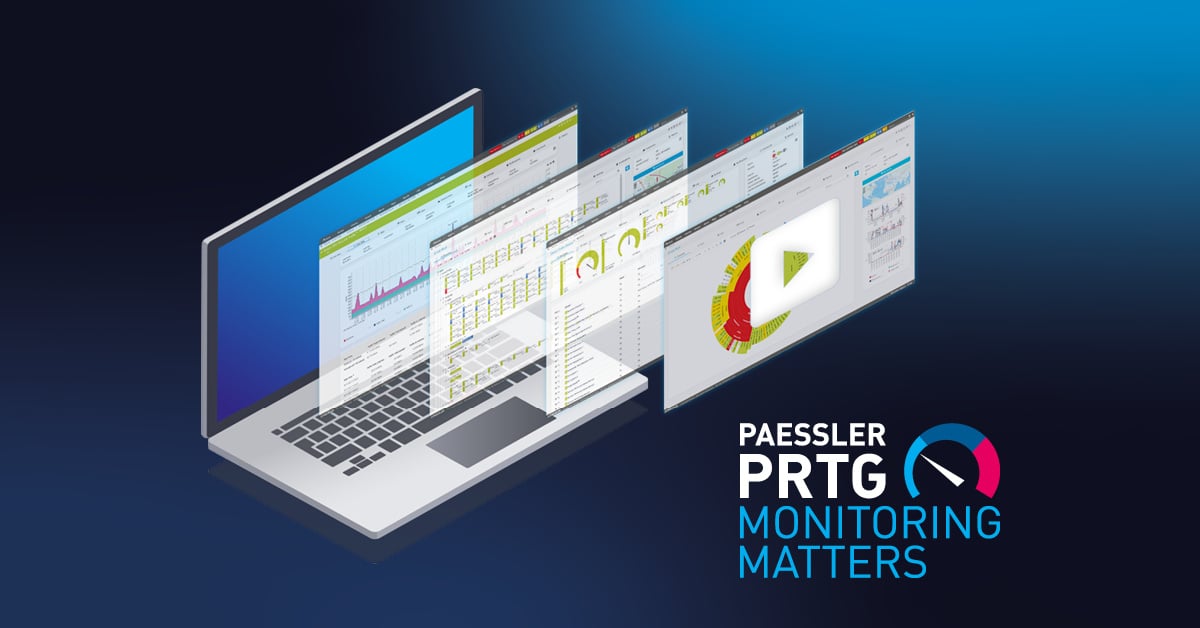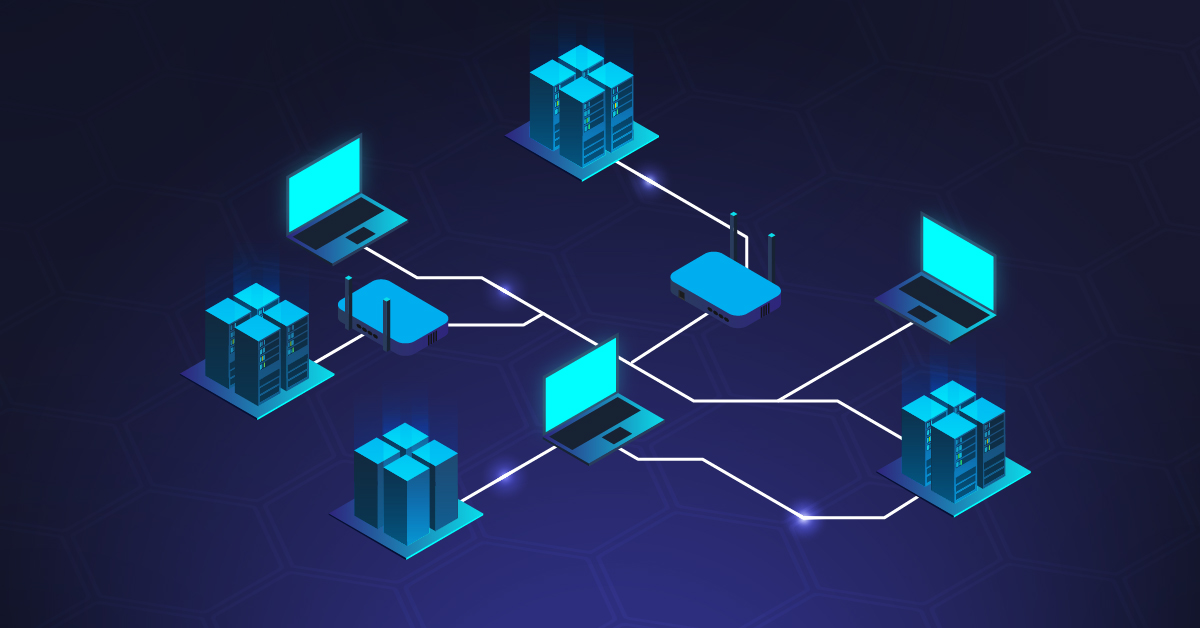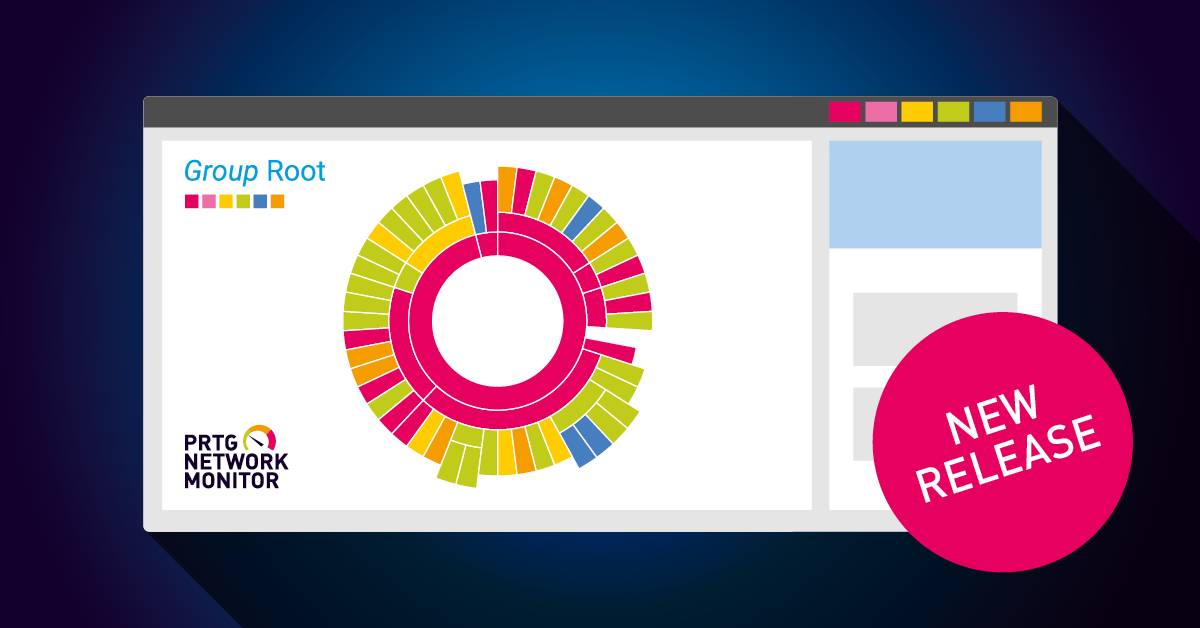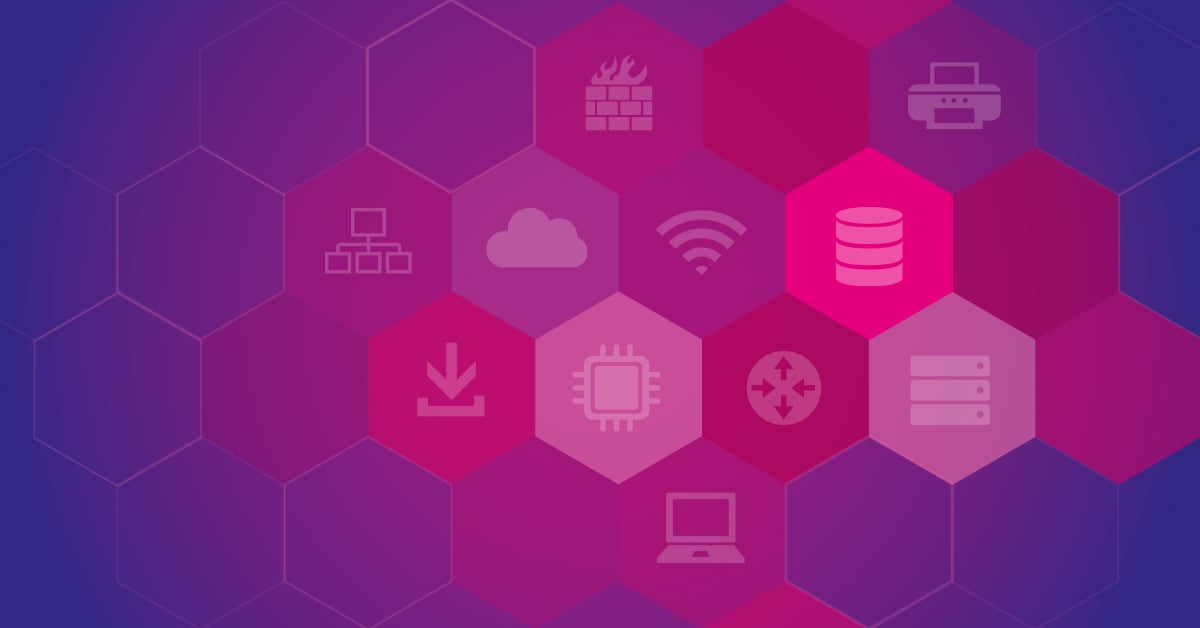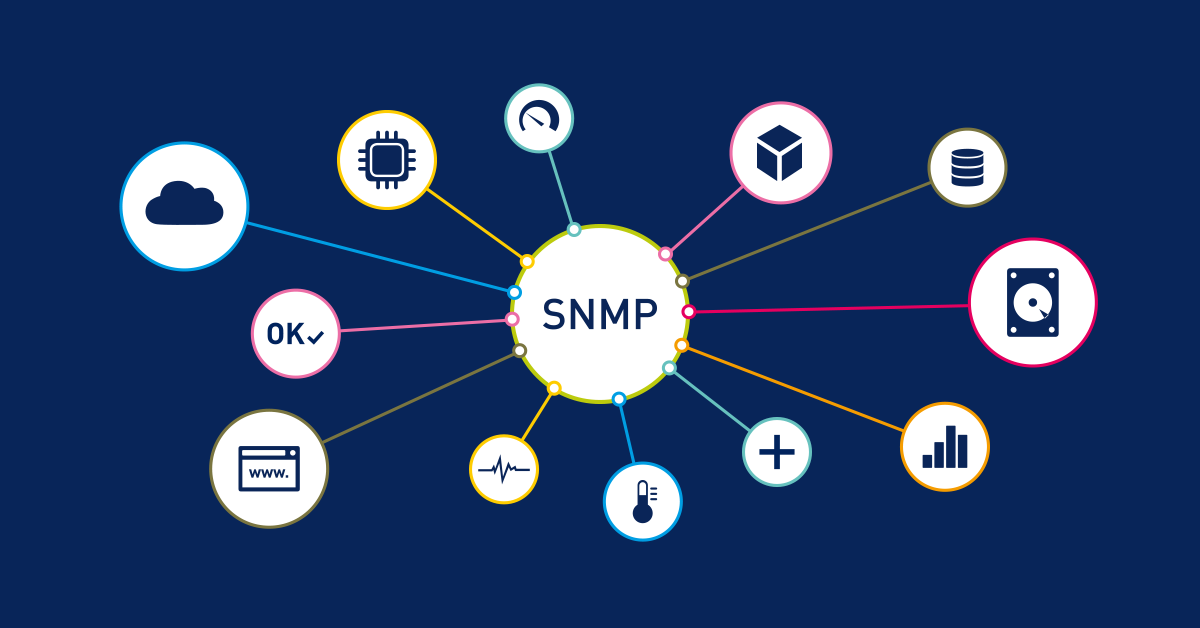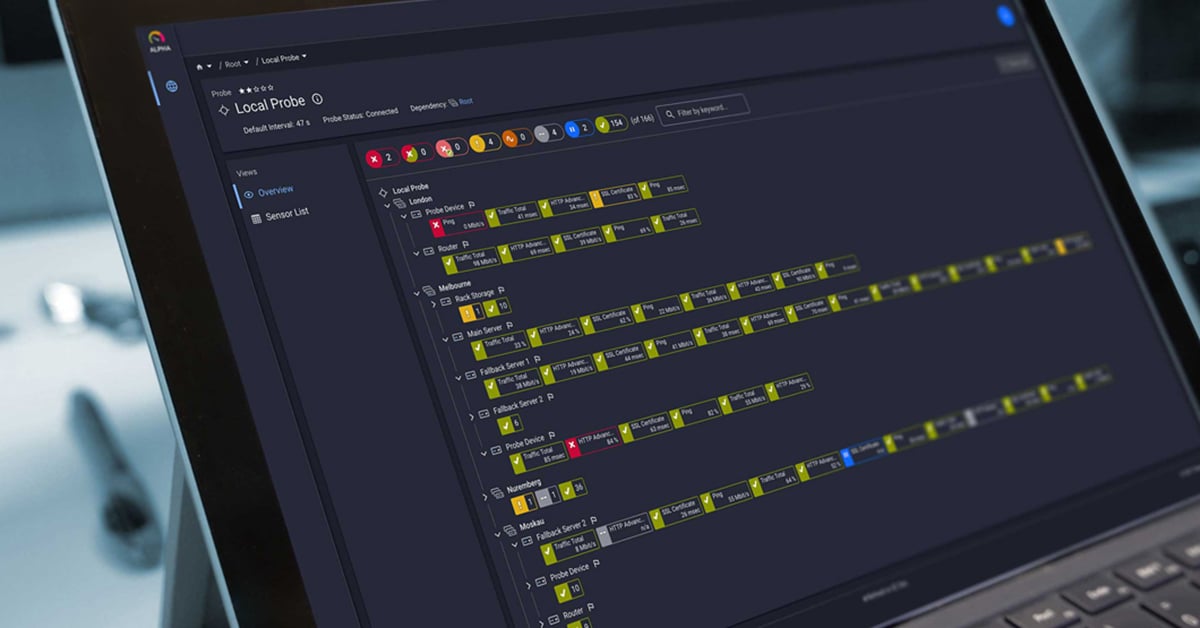We have good news for all of you who run a cluster installation of PRTG Network Monitor: You can now connect all of your remote probes to all of the failover nodes in your cluster!
The main objective of PRTG's clustering feature is to provide high availability for your monitoring environment. Running a cluster installation maintains the uptime of your monitoring, without degradation due to failed connections, failed hardware, or during software upgrades. If the primary node in your PRTG cluster fails, one of the failover nodes takes over the role of the master and controls the cluster until the original master is back online. During the time that your primary server is unavailable, you can still review monitoring data on one of the failovers, control the configuration, receive all alarms, and get gapless uptime monitoring.
Now, with the latest release of PRTG Network Monitor, there is an important addition to the clustering feature: Your remote probes can connect to all of the cluster nodes now! If you run PRTG in a cluster, all remote probes can send their monitoring data to all of the cluster nodes. With this additional functionality, you can see data from all of your remote probes even when the master server fails. You already know this functionality from the cluster probe, and now you have it for remote probes too. As of this release, you will never miss alarms for any devices on your remote probes, whether they be hardware failures or breached thresholds.
In previous versions of PRTG you did not lose monitoring data from remote probes when the master failed. If the connection between the remote probes and master server was unavailable, the remote probes would continue to run and buffer their sensor results in memory, and then you would receive the sensor results as soon as your probes could reconnect to the primary master. However, until now, you were not able to view the live data of those remote probes or to receive alarms while the master node was disconnected.
The new cluster support for remote probes resolves this issue. You can now keep all monitoring data and potential warnings and alarms from remote probes in view at all times.
How Cluster Support for Remote Probes Works
First, you need to allow remote probe connections to your failover nodes. So, log in to each failover server, open the Core Server tab in the PRTG Administration Tool, and select one of the options to accept connections from remote probes. Then, as soon as you acknowledge a new remote probe connection to your PRTG core server in the PRTG web interface, this probe will appear on all of your master and failover nodes. It connects automatically to the correct IPs and ports of the cluster nodes. You can define the cluster connectivity in the Administrative Probe Settings of a remote probe. By default, new probes send their data to all failover nodes. For existing probes, you will need to enable cluster connectivity first:
- Open the Settings tab of an existing Remote Probe.
- Navigate to the section Administrative Probe Settings.
- For Cluster Connectivity, choose the option Probe sends data to all cluster nodes (see the manual for more details about this setting).
That's it! When you have ensured that communication between all your remote probes and cluster nodes is possible, you will immediately see the monitoring data from the remote probes on your cluster nodes, and all PRTG servers will show the same sensor values on the remote probes. The PRTG server that is responsible for management and configuration of remote probes is always the currently active Master node. For more details about remote probes in a cluster, please see the manual section Failover Cluster Configuration: Remote Probes in Cluster.
What Happens if the Primary Master Fails?
Let's say you run a PRTG cluster installation with two servers (which means, two cluster nodes) and one remote probe. You have set Cluster Connectivity as described above, so your remote probe is connected to both PRTG servers and transmits monitoring data to both of them. With this setup, you can see the data from the remote probe on both PRTG servers, the Primary Master and the Failover node. If the current master node fails, the failover node becomes the new master and, because of this, responsible for the remote probe. This means that this cluster node executes all tasks of the PRTG core server, including notifications. On this server, you can also still see all monitoring data from the remote probe during the time when the primary master is disconnected. Once the primary master is up and running again, the remote probe reconnects to this server and transmits the data which the remote probe buffered during the server outage. Thanks to this mechanism, you get gapless data from remote probes on all your cluster nodes, even if both of your cluster nodes fail.
What Should I Consider when Using Remote Probes in a Cluster?
Each remote probe sends monitoring data to each PRTG server in your cluster, so you will encounter increased traffic within your network. Usually, this will not cause problems and, as such, it is not a big disadvantage. However, if you do have any bandwidth limitations, you can simply switch off cluster connectivity for specific remote probes. If you decide to add remote probes to your cluster to increase the performance of your PRTG installation with the help of distributed monitoring, please also keep the higher bandwidth usage in mind to still enjoy the advantages of remote probes in a cluster!
Please note: This newly introduced feature allows you to connect probes to all cluster nodes. If you require high-availability for the remote probe itself, then please install a second remote probe on a machine next to your existing one, connect it to your PRTG installation, and then manually re-create all devices and sensors of the original probe on this second probe (for example, by cloning devices from the original remote probe). With this copy of the remote probe you can continue to monitor the desired devices even if the original probe fails. And, of course, you can also connect this redundant remote probe to your cluster.
Update your PRTG installation now to get cluster support for your remote probes! If you don't have a failsafe network monitoring solution up and running yet, download PRTG and try it out for free.
 Published by
Published by 